Ms. Lévy, is it possible to judge art objectively?
Objectivity in the art world doesn’t exist. However intellectual or scholarly or academic you may be, there’s no way to look at art objectively. The essence of looking at art is the emotion.
To what extent can the personality of an artist influence your evaluation of their work?
Sometimes meeting the artist or knowing the artist confuses your relationship with the art. Sometimes the artist is so charismatic, so powerful, or so enchanting that you get taken by the man and his message more than the work. Or sometimes the artist is so reserved and wants to protect himself from the world and it makes looking at the art more difficult. So when I’m thinking about an artist or project, I try to really look at the work for a long time—weeks, sometimes months, sometimes years—before I decide to approach the artist. I want to be sure of what I think about the art before meeting the person.
You’ve said that living with art is like oxygen in your lungs. How often do you rearrange the art in your apartment?
I change it once a year. There are works that I cannot change because they have found their place and if I move them it creates internal turmoil. I have a string of bulbs by Félix Gonzalez-Torres; I cannot move it. But I do feel that when you move art, you look at it differently. So a collection is something that constantly evolves because they’re in dialogue with each other. I have this beautiful wall in front of my desk and I constantly change what’s there. And not just for commercial purposes, but also to really get to know that work, to think about it. You see it differently.
Living with an art piece is very personal. Do you collect art more with your heart or with your brain?
Both. It’s the same at the gallery. I will never buy something that I don’t believe in. If I put money into something it has to be something I wholeheartedly believe in. And therefore, it’s a combination of the emotion, the brain, the dialogue, the market. You can’t separate so much. It’s like if you fall in love with someone, is it just the heart or the brain?
Would it be possible to do your job without really having a passion for art?
I could not. The day I do it for the money, then I will retire and do something else for the money. I’m sure I can trade other things; I’m sure I’m a good business person. The day I fall out of love, I need to stop.
Is it even possible to be a good art dealer and not have a passion for it?
I want to believe it’s not possible, but unfortunately I think it is. I’ve seen successful art dealers that are not passionate. But also, being a dealer — buying a picture and trading it and making money — is only a very small aspect of what I do. What I really do is put together exhibitions and publish books. In two years, we’ve published 11 books and each of them has a piece of our heart and my team’s heart in it. So to me, the art dealer side is the business side, but it is only one of the many sides of being a gallerist, which is more what I am.
So you would make a strong distinction between a gallerist and an art dealer.
There are new advisors every day. Do you think all these art advisors have passion? You can be an art dealer without passion. But can you be a gallerist without passion? No, because half of your projects are not out of reason, they’re out of love. We have Robert Motherwell show right now and most paintings belong to museums or collectors — there are only two works for sale in the exhibition — but I felt it was essential to revisit this Spanish energy right now, because it is so relevant in what’s going on sociologically in the world right now. So it was not a reasonable act.
Even though you aren’t an artist per se, your job is very creative.
In our way, we are creative people, too. When you put together exhibitions, when you do books, even when you look at art, all your creativity comes into play. I’m nourished by creativity and creative people. When you spend time with artists, whether they’re a sculptor, painter, poet, or dancer, you are in touch with a creative energy and we — agents, dealers, advisors, gallerists — are fueled by and filled with that creative energy. When I am surrounded by creativity, it triggers my creative mind and my creative juice. You can’t deplete yourself. You need to constantly refill. The art dealer side is just one side. You can’t just be an art dealer. Maybe, but only for a while.
Then it just becomes a job. But you’ve lived your whole life surrounded by art. You’ve famously not missed an Art Basel since you were three.
I’ve missed one! For my exams. But yes, my parents were collectors, my mother loved art like oxygen. She would take us to museums and art fairs. But my father wanted me to be a banker! So you know, I tried very hard! I wanted to be an actor, I wanted to be a clown, I wanted to be an artist, and I combined all this, I suppose, in being a gallerist. (Laughs)
How has Art Basel changed over the years?
There were much fewer galleries and you didn’t have the same galleries representing the same artists and having five spaces in five different cities. So the people coming from Rome looked very different than the people coming from Tokyo. Now they all look the same. There were times where you would see one Warhol in ten different booths, one Jeff Koons in five booths, one Louise Bourgeois in six… (Sighs) There’s a sort of homogeneity at a time where there’s the most creativity and craziness. Everything’s possible and we’ve actually reached a sort of homogeneity.
What kind of an effect do you think that has on the market?
That’s a question I literally don’t know, because I ask myself this question over and over again. The market has gotten bigger and bigger and I thought it would get saturated and say, “Stop, too many options! Stop, too much art!” But then I see 1,500 objects sell in four days and I’m amazed! On one side it worries me because I think, “Where is all this art going?” On the other side it amazes me. What was a group of maybe 100,000 people is today millions of people. My rule is to only do booths and art fairs if I can bring a real quality, so my business by definition will never be an uber-international dealers like the five or six that you and I know, because that’s not what I believe in. I couldn’t put passion in seven spaces. I couldn’t put passion in a hundred boxes.
At a certain point you just don’t have enough time to do it all.
As I tell my children, my heart is unlimited in the amount of love, but it is limited in the passion and commitment. There’s never been a booth that I haven’t checked before we open. There’s never been an exhibition that I haven’t worked on the installation. There’s never been a catalog where I haven’t checked every page. There are limits. And also I think at one point if you don’t become aware of these limits, then you just run to get bigger, bigger, bigger… And I think that’s to the detriment of your soul. I don’t want to do that.
How do you feel about the influx of money from emerging economies like Russia, the Middle East, or China? Are there more people buying art purely as an investment these days?
I don’t believe that all these people only buy art as an investment. Of course if you’re going to spend 10, 20, 30, 100 million dollars, you have to look at it as an investment and asset allocation. However, a lot of these countries and new fortunes are buying art with the hope of creating museums and foundations and idealistic points of view. They want art to be part of the culture. Or sometimes they even think, “If I have a museum in Dubai, people will come not just for the beach but also for the museum.” So there are many facets and this incredible wealth that has bought into the art world.
But there is definitely a fraction who don’t care about the art and only speculate on what will appreciate in value.
There is a group of people that just speculate, but we should forget that. We should not give them attention. We should not talk about them. I think we should just talk about this extraordinary commitment to the arts that’s happening everywhere! I am sure that my children, if they want to see a great art collection and they don’t live in New York, they will want to go to MoMA, but they’ll also maybe go to Doha. The world which was Paris, New York, maybe Berlin, Los Angeles, these 10 cities, has just gotten bigger. And it’s fascinating to watch.
Return to Top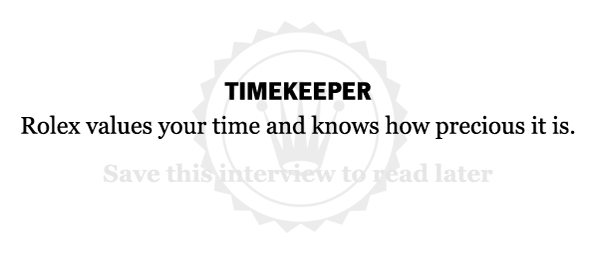
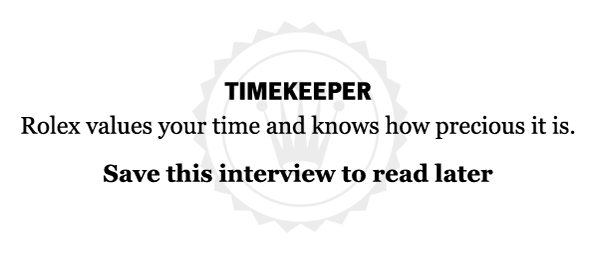
Short Profile
Name: Dominique LévyDOB: 1968
Place of birth: Lausanne, Canton of Vaud, Switzerland
Occupation: Gallerist
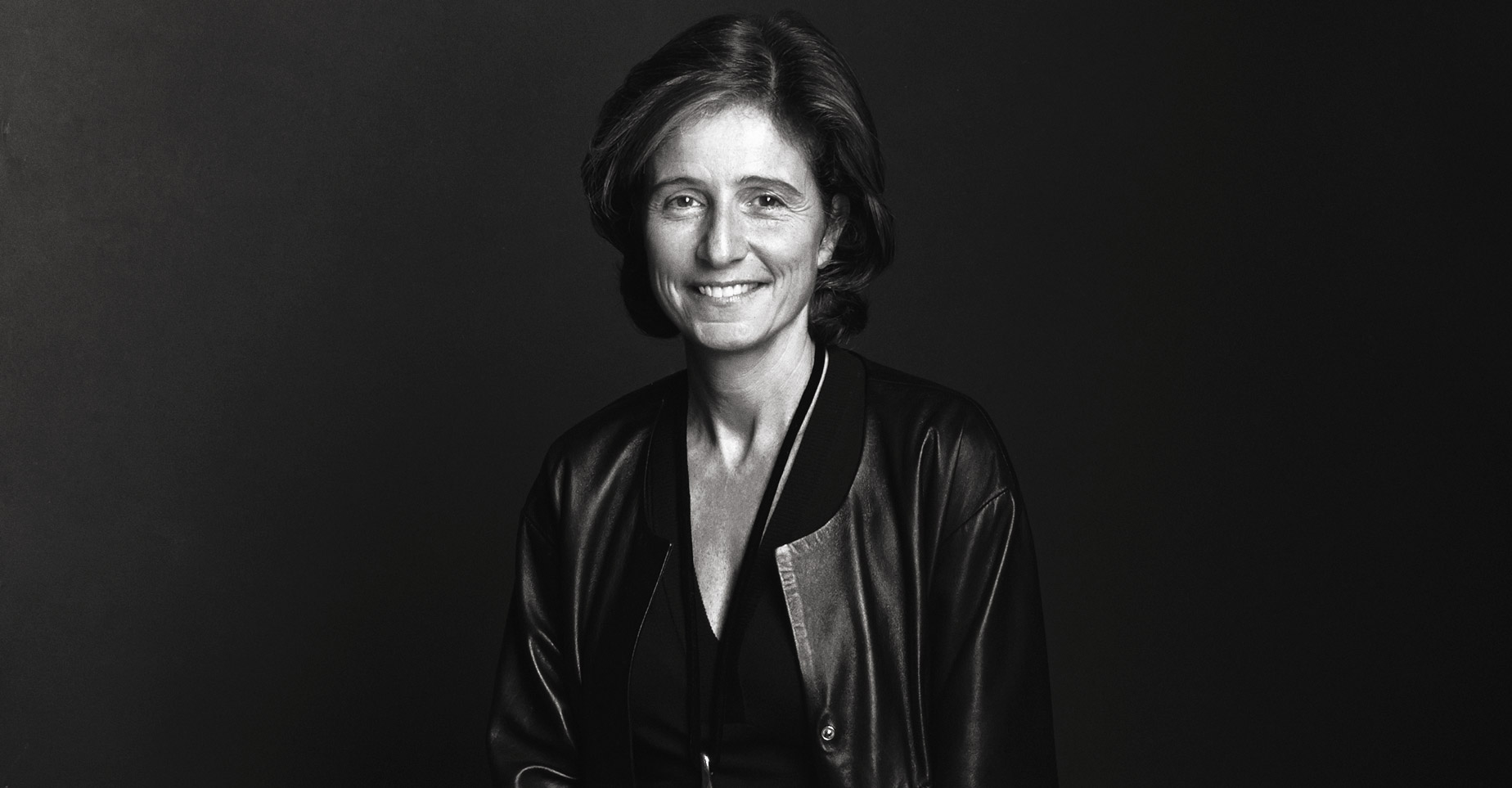
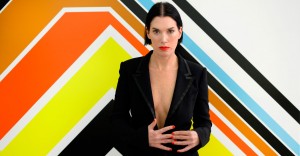
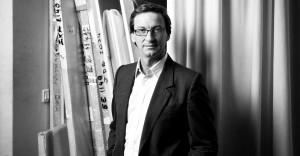
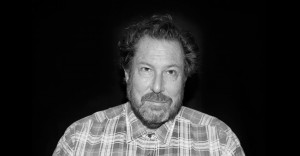

















Comments
write a comment, read comments